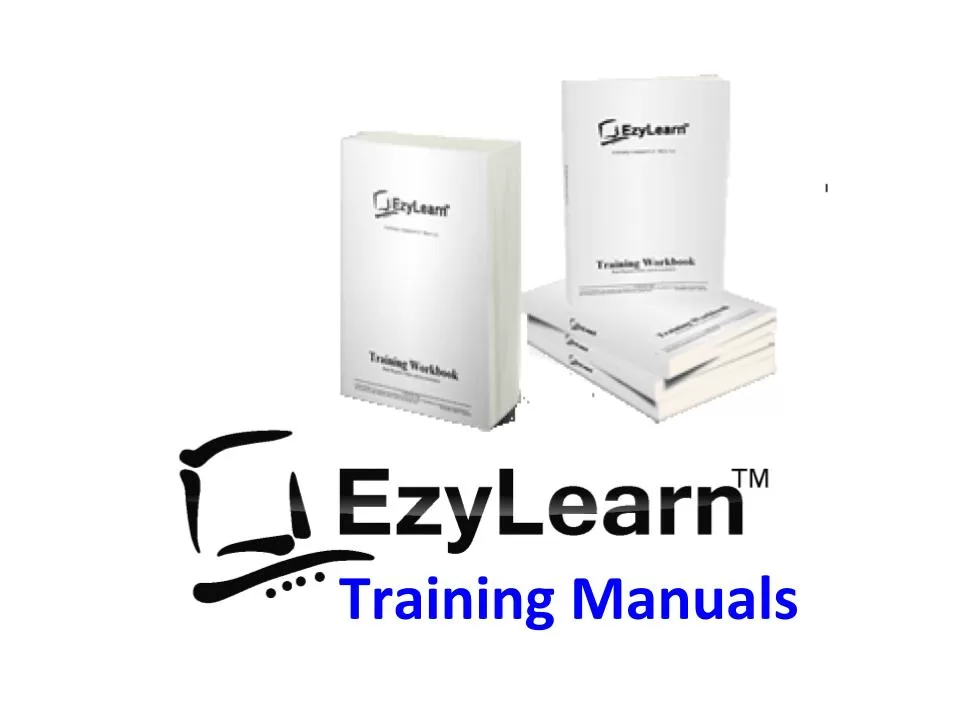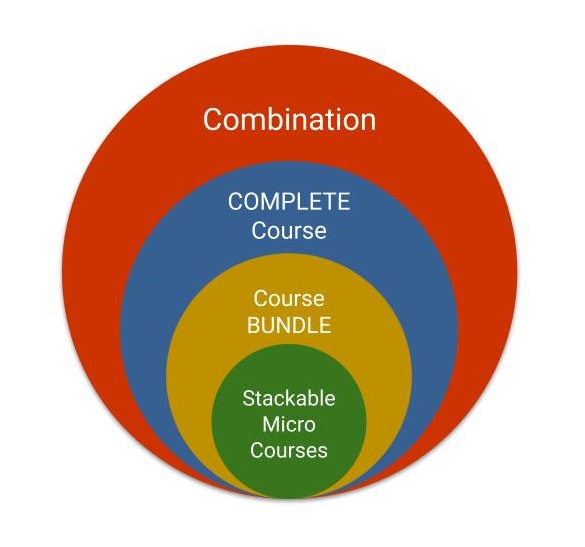Description
Bank Reconciliation Training Course and Journal Entries
A bank reconciliation is performed once all of the day-to-day transactions have been entered into your software. The purpose of this bank reconciliation is to ensure that your software data matches the information in the real world (ie. your bank account). It is at this stage that you will enter:
- the direct debits that come out of your account automatically
- interest charges or payments
- merchant and bank charges
You’ll also find duplicates or omissions and need to correct the data that you have previously entered.
MYOB Bank Reconciliation — Loan Account
- Creating a loan account
- transfer loan funds
- transaction details and accounts payable
- setup accounts payable linked account
- editing or deleting a transaction entry
MYOB Bank Reconciliation — Entering Transactions
- Creating customer cards
- creating inventory items
- entering a sale and payment
- spend money
- receive money from a client
- reconcile your cheque account to your bank statement
Bank Reconciliation — International credit card payments
Often the services in overseas countries is cheaper or better or there simply isn’t an available comparative product in Australia so we pay for overseas services. When we do we don’t pay GST and we incur credit card charges. We’ll show you how to
- manage the journal entry point of view
- GST and tax coding
- reconciling
Handling Basic Payroll Transactions
If you are a small business you may pay yourself, your partners or even casual workers adhoc amounts each week or month. These transactions need to capture the right codes and also be included in your bank recs. As long the correct amount of tax is paid and the employers obligations are met then the business owner is doing everything right. We’ll show you how some small companies manage these transactions.
Purchasing Assets — Company Vehicle
There will be times when larger equipment is purchased and it’s paid for from your operating cash flow. In this situation the asset isn’t written off as an immediate expense but depreciated every year for a certain number of years. You’ll learn how to code this type of transaction correctly.











